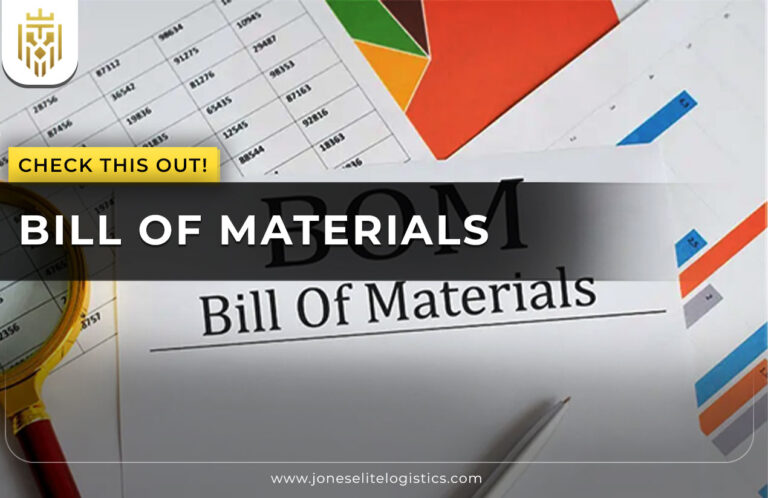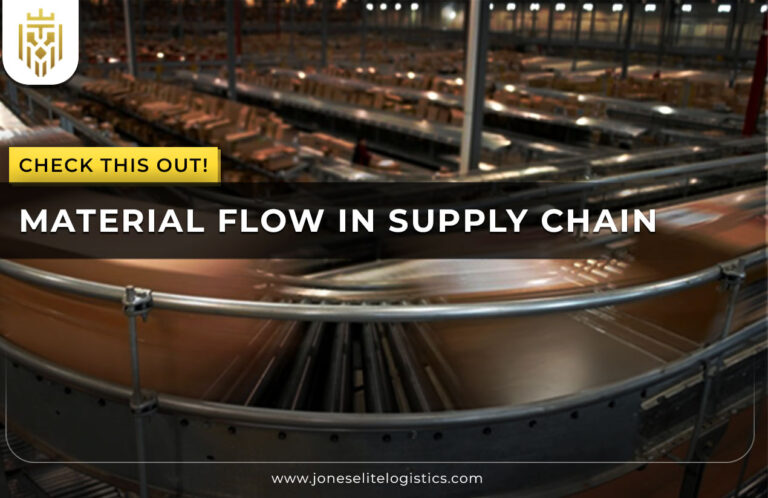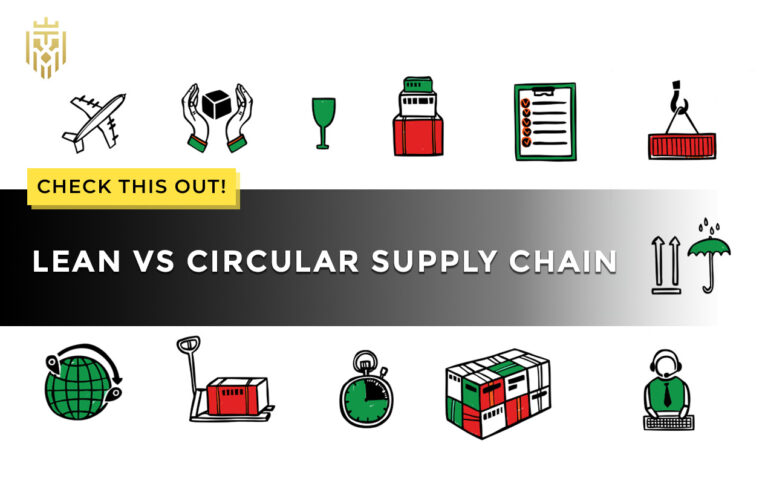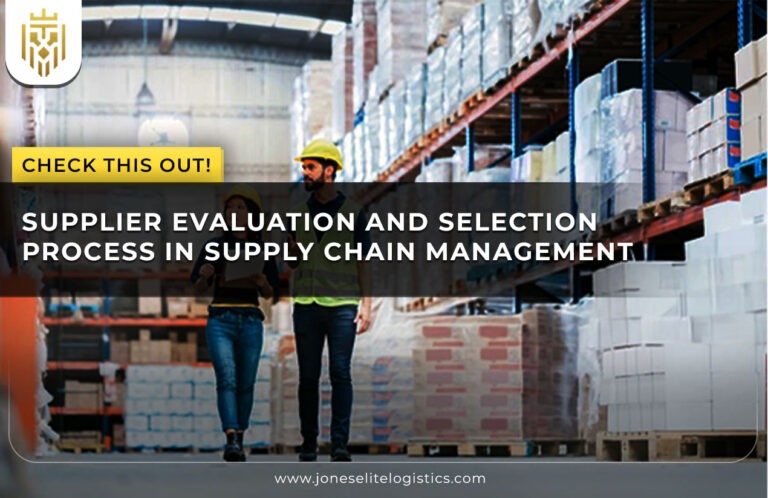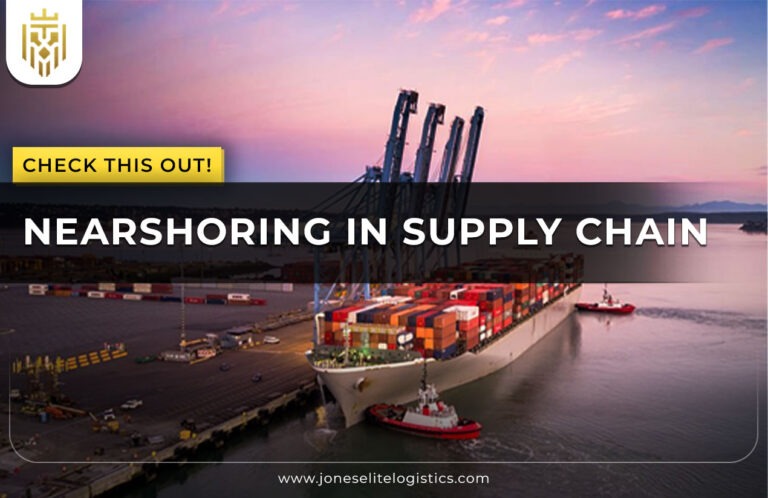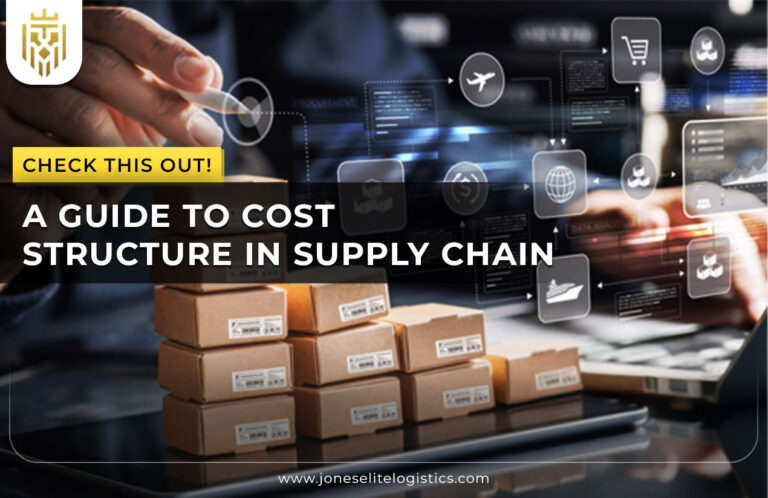What is Cross Docking?
Cross-docking is defined as the process where goods are unloaded from an inbound truck and loaded directly onto an outbound truck or outgoing truck without spending much time in storage. It reduces handling, lowers transportation costs, and shortens delivery time. This method is widely adopted in supply chain management, particularly in sectors dealing with incoming goods, high-demand products, or perishable items.

How Cross Docking Works?
Cross docking operations involve receiving products from incoming shipments and swiftly moving them to the outbound dock for delivery. This process requires accurate synchronization of warehouse operations, minimizing the need for warehouse space and reducing inventory costs. By utilizing efficient docking procedures, businesses can optimize their logistics strategy and ensure the flow of goods along the supply chain is maintained.
Process of Cross Docking:
The cross docking process involves key steps: receiving, docking (unloading and reloading), and final delivery. This method ensures incoming goods are processed quickly and moved to the right outbound truck for timely delivery to the final destination. All the steps should be synchronized to ensure that the supply chain moves at the right pace, cutting down on shipping costs, and improve overall warehouse efficiency.
Receiving Goods:
A key concept of cross docking is gaining possession of goods from suppliers or manufacturing centers. This step entails proper documentation and examination of the received merchandise to ensure that they are what the client ordered and in good condition so that they can be forwarded to the next stage.

Unloading:
Unloading at the docking facility is a crucial step. Goods are swiftly moved from the inbound dock to ensure cross docking work progresses without delay. This minimizes time spent at the warehouse and keeps the cross docking operation efficient..
Sorting:
Sorting is integral to docking services, ensuring the right products are directed to the appropriate outbound shipment. By organizing incoming shipments, businesses can enhance their cross docking strategy, ensuring smoother flow from the docking area to the final destination.

Transferring:
After sorting, goods are transferred to the docking service area. This step facilitates fast movement from the cross docking warehouse to the appropriate outbound dock for LTL shipping or other forms of transportation.
Loading for Delivery:
These include unloading from the delivery vehicle, inspection, sorting, packaging, labeling, and loading for delivery as the final physical activity in cross-docking. Outbound small trucks and containers are loaded by the route and the specific destination. This step helps to avoid confusion when it comes to delivery by making sure that the right stock is shipped out to clients on time.
Ongoing Transportation and Delivery:
Goods are then transported from the cross docking facility to the final destination. Proper coordination of outbound transportation is critical, and real-time monitoring helps manage shipment delays, ensuring on-time delivery and minimal transportation costs.

Types of Cross Docking:
Cross docking is generally classified into various types depending on the type of products or the need of the chain, all of which have different logistic requirements and are implemented in various sectors.
Manufacturing Cross Docking:
The manufacturing cross docking means that goods especially raw materials or components are shipped to a manufacturer where they are forwarded to another line. The function of this type is to minimize the storage of parts, and it ensures smooth, pull-just-in-time production.
Post Distribution Cross Docking:
In post distribution cross docking, products are sorted at the docking facility and then delivered to specific destinations based on customer orders. This method enhances supply chain flexibility and manages outbound shipment more efficiently.

Pre-Distribution Cross Docking:
Pre distribution cross docking involves organizing incoming shipments before they arrive at the docking facility. Goods are prepped for delivery, reducing warehouse space requirements and streamlining the cross docking system.
Retail Cross Docking:
Cross docking in retailing entails accepting products from diverse suppliers and then seamlessly delivering them to retailers. This method also minimizes storage time, so stores get inventory faster; something that is useful for products with high need or those only demanded during certain seasons.
Transportation Cross Docking:
Transportation cross-docking involves the consolidation of suppliers’ shipments to full loads of trucks for supply. This method of transportation is efficient since it helps in the maximization of the utilization of vehicles in shipping while at the same time ensuring minimum costs are incurred during the shipping process.
Hybrid Cross Docking:
In hybrid cross docking, some products are stored temporarily while others are immediately transferred to outgoing trucks. This combination of cross docking and traditional warehousing allows for more flexibility in managing inventory.

Products Suitable for Cross Docking:
Cross docking is ideal for goods in high demand, such as electronics, incoming goods, or items with short shelf lives like perishable foods. It reduces the need for extensive warehouse operations and lowers inventory costs.
Products with High Demand:
High-demand products move quickly through cross docking warehouses. The cross docking strategy ensures fast turnaround times, minimizing delays and lowering shipping costs. Because products are identified based on the shelves that they occupy, this method enables retailers to replenish stock on the shelves and thus avoid the long waiting times that characterize some retail sectors.
Inventory of perishable Items:
In a cross-docking setting, products that do not necessarily need to be checked minutely or undergo quality assurance can easily flow through the channel. This comprises things that are or have steady quality and those received pre-checked by suppliers which make it easier to transfer.
E-Commerce Flash Sales:
Since flash sales is connected with e-commerce, products have to be delivered as fast as possible to meet people’s short-term demand. Cross docking enhances transit and delivery, hence facilitating the delivery of finished products to the customers.

Items that don’t require Inspection:
Cross docking is advantageous in many ways as it helps to reduce the holding cost of inventory, product takes less time to deliver to customers hence enhancing supply chain management. It also leads to less stock holding costs, fewer product handles, and improves the quality of products since the time taken in handling the goods is cut down on.
Products that required specialized environmental conditions:
Products such as fresh foods, flowers, and pharmaceutical products equally must be transported and delivered promptly to prevent spoilage. Cross docking reduces the time spent on warehousing, and products with this service means are delivered on time and in their prime.
Advantages Of Cross Docking:
The main benefits include reduced inventory costs, shorter delivery time, optimized supply chain, and decreased transportation costs. By relying on docking services and streamlined operations, businesses can lower shipping costs and improve overall efficiency.
Real-Time Tracking:
Concisely, real-time tracking in cross-docking is very significant since it offers visibility on the flow of the products in the entire supply chain. It helps companies track shipments, cut down time spent on transit, and enhances productivity by responding quickly to issues that arise in the cross docking process.
![]()
Automated Sorting:
In cross-docking automated sorting systems prove very beneficial in a way that enhances the flow of materials, ensuring they are categorized and directed to the correct docking facility or docking service. This speeds up warehouse operations, minimizes human error, and ensures items are prepared efficiently for outbound shipment.

Communication With Supplies and Carriers:
Effective communication with suppliers and carriers is vital for cross-docking operations. It ensures coordination of docking services and precise cross docking strategy planning. Poor communication may lead to delays, impacting delivery time and increasing transportation costs.
Performance Monitoring:
Measurable parameters include response time, accuracy, and acquired and delivered quality while in cross-docking. This has implications for companies as they can be able to see cases that they need to improve and areas they need to optimize, and hence they make sure that they attain high-performance standards.
Scheduling and Yard/Dock Management:
Proper timing and effective yard and dock are crucial in implementing the cross-docking technique. Effective maneuvering of the inbound and outbound freight makes them reach the dock at different times, thus eliminating the formation of queues and enhancing the overall efficiency of operations, thus allowing the dock to turnaround quickly.

Challenges of Cross Docking:
However, cross-docking has its disadvantages, including high demand for capital investment and a greater emphasis on cooperation between all parties. Additionally, it requires a precise schedule for outbound shipments and inbound trucks, as any delay can hinder the cross docking process.
Requires More Initial Budget:
Cross docking involves a heavy capital investment both infrastructural, technological, and most of all personnel training to support the strategy. In cross-docking there is a need to have sophisticated systems of tracking, sorting, and communication to enable its fame due to the high speeds that are required.
Requires Close Coordination among all parties:
Implementing a cross-docking strategy requires a significant initial investment. This includes the infrastructure for docking and warehouse space, advanced technology for real-time tracking, and skilled personnel to manage cross docking operations and reduce inventory costs.
Precise Scheduling and Reliability:
Scheduling and reliability play a crucial role in cross-docking operations, and there is little tolerance for ambiguity and delay. The inbound trucks need to arrive on time to match outgoing trucks. Any delays or unreliability in this process may slow down the entire supply chain, leading to higher transportation costs and missed final destination timelines.
Why do Businesses Choose Cross Docking?
Businesses opt for cross docking because it increases efficiency and reduces costs in their logistics strategy. It minimizes warehouse space usage, reduces inventory costs, and shortens delivery time. This method is ideal for perishable goods, high-demand products, and time-sensitive items. The cross docking system also helps reduce holding costs, benefiting traditional warehousing by optimizing supply chain operations.
FAQs
1) What is Cross Docking?
Cross-docking is the swift transfer of goods from incoming trucks to outgoing vehicles, bypassing storage. It improves supply chain efficiency, reducing warehousing costs and handling time.
2) What are the Advantages of Cross Docking?
Benefits include reduced inventory holding costs, faster delivery times, improved supply chain management, minimized warehouse space needs, lower handling costs, and enhanced product quality due to faster transit.
3) What are the challenges of Cross Docking?
Challenges involve high capital investment, the need for complete stakeholder cooperation, and strict scheduling to prevent delays and downtime in the cross docking system.
4) What are the types of Cross Docking?
Types include manufacturing, pre-distribution, post distribution, retail, transportation, and hybrid cross docking, each tailored to optimize supply chain processes based on industry needs.
5) What are the products suitable for Cross Docking?
Ideal products include perishable goods, flash sale e-commerce items, those requiring no inspection, and goods needing specialized environments, all benefiting from rapid cross docking transit.



